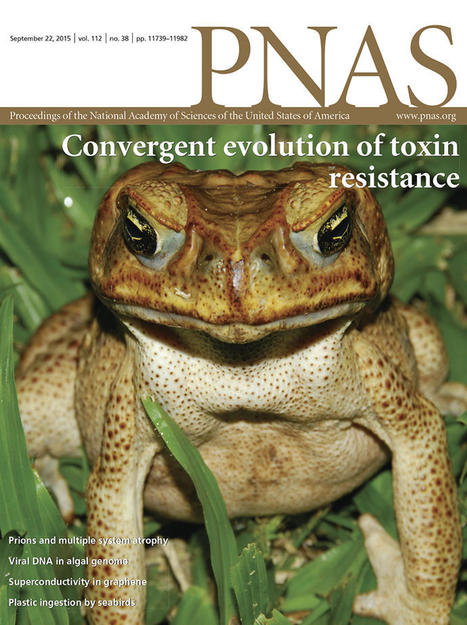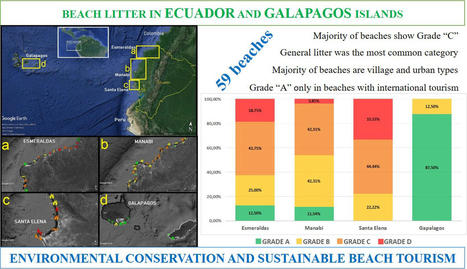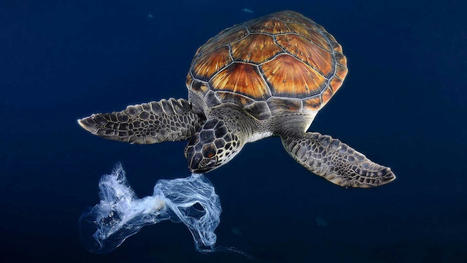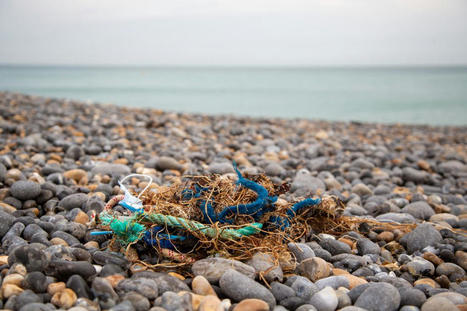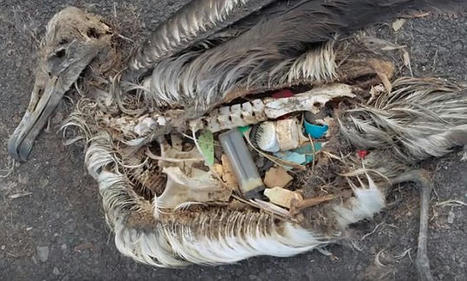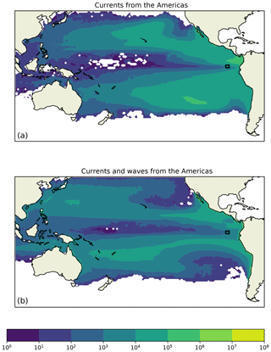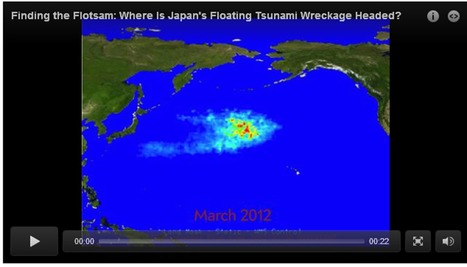The human population of Galapagos has rapidly increased in the last decades accelerating the anthropogenic pressures on the archipelago's natural reso…
Get Started for FREE
Sign up with Facebook Sign up with X
I don't have a Facebook or a X account

 Your new post is loading... Your new post is loading...
 Your new post is loading... Your new post is loading...
|

Gregory S Sankey Jr.'s curator insight,
September 1, 2014 10:43 AM
Although it's important to know where all of this trash is headed, this just makes me think of how we might prevent this. We can't prevent these catastrophic natural disasters, but how might we lessen it's effects on our cities and settlements? Furthermore, how might we lessen our impact on ecosystems during these times of catastrophe?
Jacob Crowell's curator insight,
December 15, 2014 4:37 PM
An example of how even without considering globalization the world is interconnected. The debris from the 2011 tsunami was never disposed of effectively and the United States may be effected more than they ever expected. If this pile of debris reaches US shores it will make many Americans consider how a tsunami across the globe will eventually hurt them at home. 
Corey Rogers's curator insight,
December 15, 2018 9:05 PM
The devastation of the Japanese tsunami has left debris moving slowly across the Pacific and approaching the US. The issue is that this stuff is just floating around and destroying our ecosystem and less people are doing something about it. We need to understand that we are solution and have to figure out a way to fix this.
|





